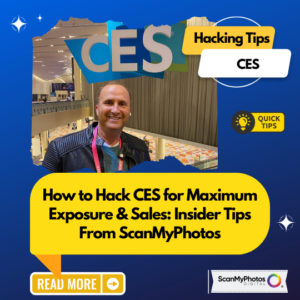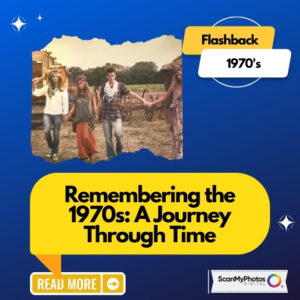Throughout the years, as staunch pro-business and consumer activists, occasionally something gets us steaming passionate. Today, it is about Ad blocking software.
What is the difference between spreading fear to influence and circumscribe conversation, and hiding the instruments in which the media uses to keep the lights on?
Not much.
The new ad blocking software, to conceal content, is a threat analogous to what the photo industry faced, where an ochered-size of disruptive events lead to widespread turmoil as film transitioned to digital.
Along with other products, the new Apple iOS 9 operating system installs advertisement blocking tools for iPhone users. This is similar to fast-forwarding television programs on your DVR to skip the ads. But, worse. Rather than seeing commercials flash by, each advertisement is vaporized. You will never see ads displayed on web sites.
What is at stake?
The business model for media outlets are mostly revenues from advertisements. All those blocked marketing messages equates to jobs and vital content being lost. Sure, not seeing ads is nice, but there is a real cost. Without revenues, your favorite media outlets and other web sites – powered by ad revenues – will vanish, just like the sponsored messages.
This predicament is not Apple’s fault or that of the smart designers of ad-blockers. They are reacting to demand.
The pragmatic solution to blocking ads:
Rather than fighting the ad blocking services, advertisers and the media need to be inventive. Web sites must create compelling must-see content. And, copywriters need to up their game and be more creative. As ad blocking threatens journalism, just as McCarthyism did, this is a teachable moment with a solution.
Don’t fight it, but rather, be proactive. This is the moment for new ways to reach consumers. Look at your favorite broadcast television programs. Those pop-up banners and messaging at the bottom of programming is one way to counter disappearing commercials. NBC’s “America’s Got Talent,” and others have welcomed sponsors into the actual program, like how Dunkin’ Donuts imbedded marketing as part of the program.
The media can also create mirror sites, free from ads and charge extra for this feature as another solution to lost revenues.
My company actually did the inverse. We stopped all advertising and switched to a consumer-driven strategy. No advertising means no ads to block. The savings from ad spends resulted in lower prices, which sparked loyalist customer raves, leading to social media promoting. Redirecting a company’s advertising towards media-generated buzz helps too. Here are two examples: The Los Angeles Times and KTLA 5 TV.
Ad blocking is threatening content, but also challenging advertisers to make commercials more compelling, worthwhile and engaging. One of the best “ads” I’ve seen was so good, it scored millions of impressions and few even recognized it was a sales message for KLM Royal Dutch Airlines. Its use of a cute dog as part of the airline’s “lost and found” service transfixed people with a spellbinding and warm-cuddly story that was more entertainment and adorable, than a simple advertisement. In just one year, it scored 21 million views on YouTube!
https://youtube.com/watch?v=NK-T_t166TY%3Ffeature%3Dplayer_embedded
The challenge to the news media and the advertising industry is to be even more inventive then those designers who solved a problem by blocking annoying ads. Make ads captivating, create buzz and excitement. If advertisements were less of an irritation and more of a must-see experience, consumers will not want to block your content. The Disney Park Characters Surprise Shoppers video promotion, and the Ikea “Quick & Easy” banner ads are two creative examples to excite and compel and motivate people to buy.
Hashtag activism is important too. If the media and millions of other web sites join together, explaining how they are making their ads worth seeing, people will not block ads. Using hashtags like, #NoAdBlocking along with strong messages explaining why we shouldn’t impede marketing messages will spotlight this provocation.
What are your thoughts? Share this and tweet us: @ScanMyPhotos



